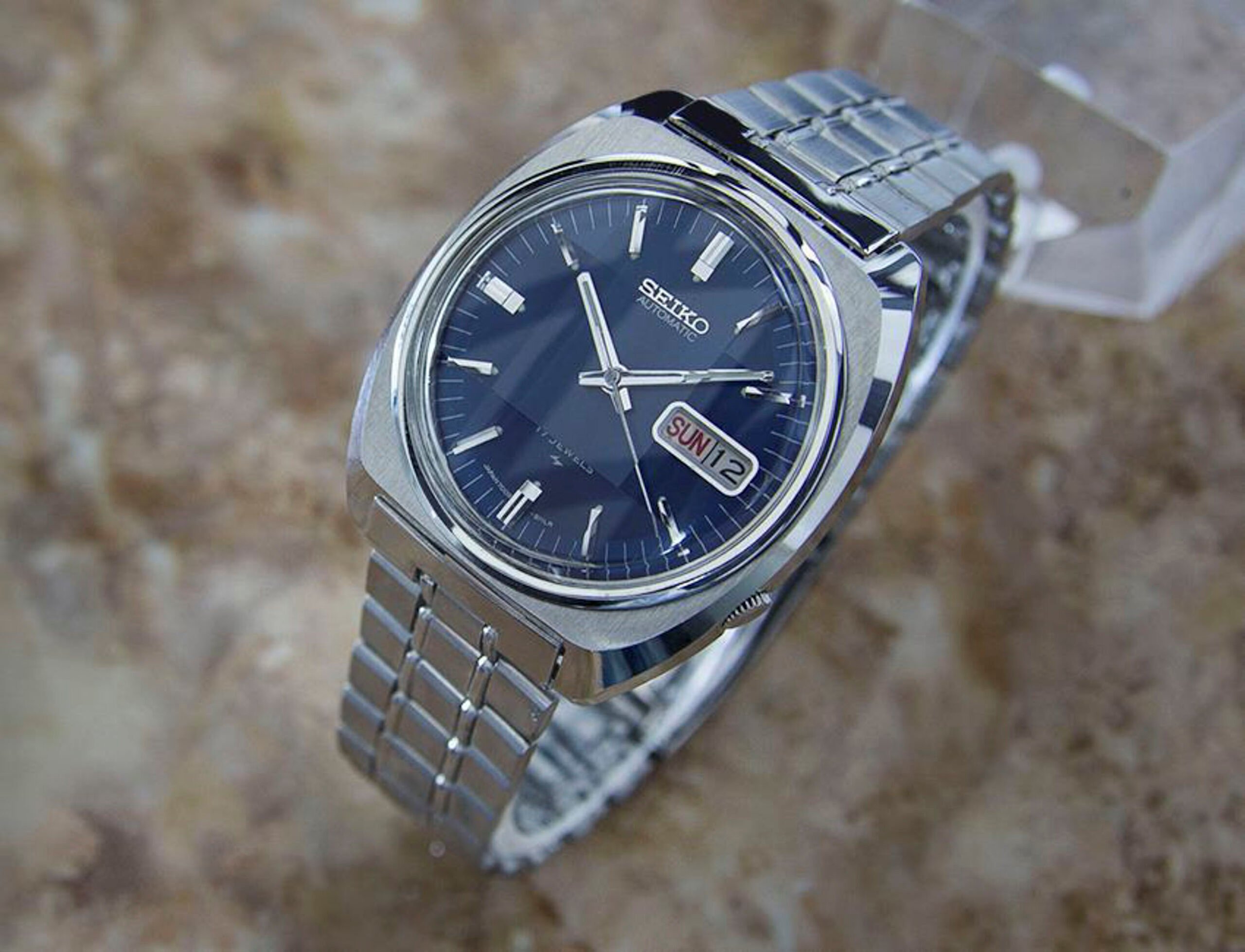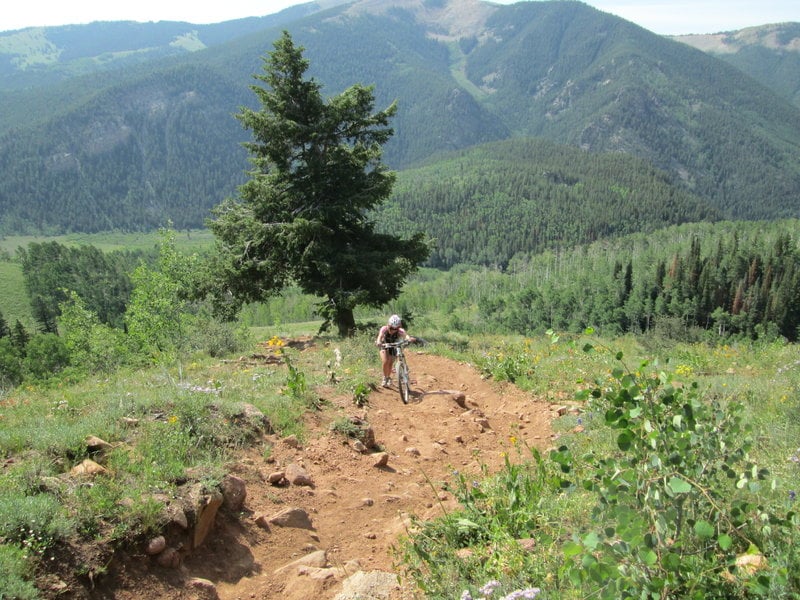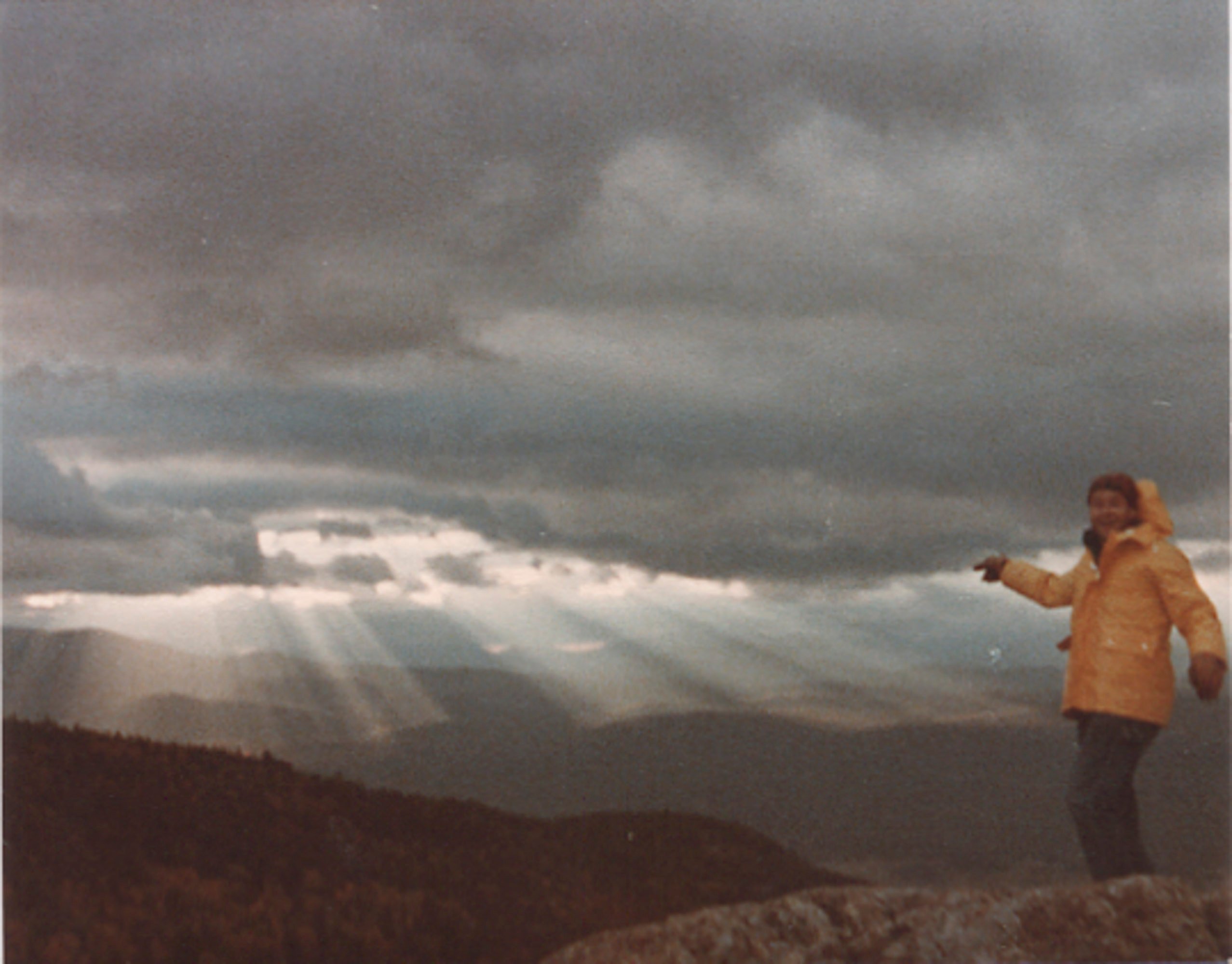Fratelli Stories: Retrieving NASA Rocket Boosters While Wearing A Seiko
Our Fratelli Stories series shares some of the wonderful and interesting backstories of our readers around the world. Today, we speak with Robert Eames, who is an enthusiast for all sorts of watches and has a fascinating backstory. One vintage Seiko has particular resonance with him.
Fratello reader Robert Eames wrote in after a story we published on the Seiko 5 that I took with me to Asia. Thanks to Rob for sharing some details of his lifelong passion for Seiko watches.
Rob is a humble guy but someone who has had an incredibly fascinating life. This includes working on naval vessels retrieving the NASA Columbia mission rocket boosters, which sounds like a super cool job! I spoke with Rob, and thanks to his generous input, we have the following story.
Getting his first Seiko as a graduation gift
Henry Black (HB): Rob, tell me about your first Seiko.
Robert Eames (RB): Your First Seiko could be the name of a regular column here. Watches that shared adventures are the best, and others that marked a period in life and graduation gifts are all meaningful. My first Seiko was a high school graduation gift and my first decent watch. It was a 1975 7009-8100 with a navy-blue dial, a bracelet, and a faceted crystal. I was wearing it in the Polaroid shot from prep school on graduation day at Hebron Academy in 1976, the year I received the watch.
We didn’t do wrist shots then; otherwise, the Seiko would be evident. The year I graduated from the academy was not a good year for jobs. I had registered with the school’s placement office and got a call from Anker Rasmussen, saying he was the operations manager with United Space Boosters at Kennedy Space Center. I was on a plane two days later for the start of a great job adventure.
Pushing the limits with a Seiko
HB: What happened to this watch?
RE: I wore that watch for four years of maritime academy training, then my first job out of school at Kennedy Space Center, and then for several years in Boulder, Colorado, where I fell into competitive cycling. One serious crash in 1985 while I was alone on a training ride changed everything.
I had ended up in Boulder, Colorado, looking to ski in winter and ride bikes in summer. Road bikes were everything, and I loved riding at high altitudes. I never had an issue with that watch despite the abuse it took on my wrist during long rides, under the cuff of ski jackets, and on high-altitude hikes. I always wore it everywhere.
It served a purpose only for time in the mountains, but I missed it when it wasn’t on my wrist. Then came the day it accompanied me on its last ride. I was pretty banged up from the crash, and my bike had a scratch or two, probably from the police loading it into a car to take it back to their offices for safekeeping. The watch, however, was destroyed. There was no replacing it at the time. Local shops could not find one, and I bought a Seiko Sports 100 quartz diver that died after the second battery replacement. They had assured me it was fine to swim with, but it wasn’t.
A dance with death at “The Wall”
HB: This sounds like it’s going somewhere bad… What happened?
RE: I’d just gotten up off the saddle to head up a steep hill known as The Wall, and my front wheel came off. I remembered nothing. There was a helicopter flight to an emergency hospital, and I woke up 20 hours later with over 400 multilayer closures on the right side of my face and jaw. The surgeon was a miracle worker. Helmets were not a thing, but I’d bought an early one for winter rides because it offered warmth, and it was probably the reason I didn’t die. My watch, however, was smashed to pieces. Inexplicably, my bike was fine. The first thing I said when I came to was, “Where’s my bike?” Then I asked about my watch. What was left if it was in a plastic bag, battered and missing parts of the bracelet, crystal, and hands.
A life full of adventures with a trusty Seiko
HB: Oh, wow, this sounds like a terrible accident. What happened next?
RE: They asked me who was president, and I said Reagan. He wasn’t. I’d suffered a serious concussion. Years later, when eBay happened, I found another 7009-8100 in NOS condition. It’s not my nicest or favorite, but it’s a reminder of some of my history. I have to say the quick-set day-date spoiled me for many of my future vintage-watch experiences.
In 1981, I graduated with a BS in Nautical Science at the Maine Maritime Academy and passed my Coast Guard license exams first try, surprising many. Only 10 out of 60 classmates passed on the first try after they revised many of the exam questions that year. My job in Florida was not high profile, but I was second mate on one of the vessels that retrieved the spent rocket boosters from the first three launches of the Space Shuttle program. We were a bit of a dream come true for public relations, so I met a few VIPs and astronauts and gave tours of the ship’s bridge. Of course, there were Omega Speedmasters and watches from other brands on others’ wrists, but my Seiko’s funky faceted crystal attracted attention and started conversations.
Time spent with NASA and an Omega Speedmaster
RE: That was why I had to replace my first Seiko. It was thoroughly worn when it met its end. The watch did not save my life, but it was a meaningful part of a great period in it. Everyone should own a Seiko early on. I have over 20 now and just bought a Seiko Champion 850 Alpinist in a stainless case, which had been on my list for decades as a grail watch. I always thought the dial had a grand sector-type design and typography. It’s amazing how ’60s and ’70s Seiko watches with no service history but lives well lived continue to keep good time.
While at NASA, I got an introduction to chronographs from engineers and a couple of astronauts. My trusty Seiko got a daily check from the ship’s chronometer and held its own at +6–8 seconds a day. If I were on the bridge while at sea, I would use a sextant to shoot a noon site to double-check our location along with satellite navigation. The Seiko took some ribbing from some for the faceted crystal, but it held up well despite the copious numbers of steel railings and watertight hip ports. No one on board wore a Speedmaster, but it was my original grail watch, and years later, I bought a 1982 Speedmaster 145.012 with the box and papers to commemorate my time there. I was there for three missions and was ready for the next adventure.
Using a Seiko with a naval sextant
HB: Did you find the Seiko useful in your work?
RE: I used the Seiko while honing my skills using a sextant during those years. My dad was also a graduate of the same school in 1943. He attended as an alternative to the draft. He had two sextants he used while crossing the Atlantic and back seven times as a chief mate during WWII plus one trip to the Solomon Islands.
While at the academy, we all spent time aboard working merchant ships for at least 90 days as a cadet in training. I worked on a 1,300-foot fully automated ultra-large crude carrier called the TT Stuyvesant. We did the run from Valdez, Alaska to Puerto Armuelles, Panama twice. Prince William Sound was amazing, with too many whales and orcas to count. While in Panama the second time, Captain Franklin P. Liberty arranged for me to board another American vessel and go through the Panama Canal. That was quite an experience. I disembarked in San Francisco after the thrill of going under the Golden Gate Bridge on the largest vessel to enter the bay at the time.\
Aboard the UTC Liberty
HB: Rob, tell me a little more about your naval career. Retrieving rocket boosters sounds like interesting work!
RE: Well, the UTC (United Technologies Corporation) Liberty was my first birth as a licensed deck officer. I sailed as second mate under Captain James Bond — no lie. This photo shows the vessel during a training mission with the frustum of the rocket booster being brought in and brought aboard. There were parachutes to deal with first, though. The booster shown was 140 feet long, and a diver would go down with an air hose and pump it with enough air for the booster to rise and topple. There was a small cherry-picker crane that hooked it up for the trip back to Port Canaveral, through the locks to the Banana River, and back to home base at Hangar AF at Kennedy Space Center. UTC used us for public relations. We had a great cook in the galley and hosted lunches on board for VIPs and astronauts and such.
A life of adventure and the UTC Liberty
HB: So, it sounds like a period of great adventure for you, Rob.
RE: Well, between Space Shuttle missions, the ships did some freelance work. I was fortunate to be hired just in time for a special naval operation laying cable off the coast of Andros Island in the Bahamas for three months. We had the ship fitted to carry and lay cable and went north to my hometown in Portsmouth, New Hampshire to lay the cable. While there, I went with the captain to the police department to carry out some necessary security clearance. My dad, who had become a veterinarian after the war, was a well-known figure in our small town, so that created a bit of a buzz. Then, it was off to Andros, where the planes flew overhead at night with no light and dropped bales and bundles of illegal substances on the island.
An enthusiast’s journey
RE: I also went back to school in Colorado for graphic design and paid my dues in advertising, then as a designer turned creative with Levi Strauss & Co. For my final act, I shifted gears into interior-space planning with a focus on kitchen and bathroom design. I’ve lived in some special places and now retired and looking to go full circle to be closer to family and old friends.
I have other watches and am an avid collector of vintage. I love 34mm three-handers. Nivada Antarctic models are favorites, and Aashdin Billimoria featured 20+ in his book for Nivada. I also have a soft spot for early Omega Seamaster models, EPSA Compressor-cased watches, sports watches, dive watches, chronographs, and others in my roughly 200-watch collection. My most recent find is a 34mm 1974 Rolex Date 1500 with a Sigma dial. I put that watch on a 78350-A solid-link Oyster bracelet from 1976.












